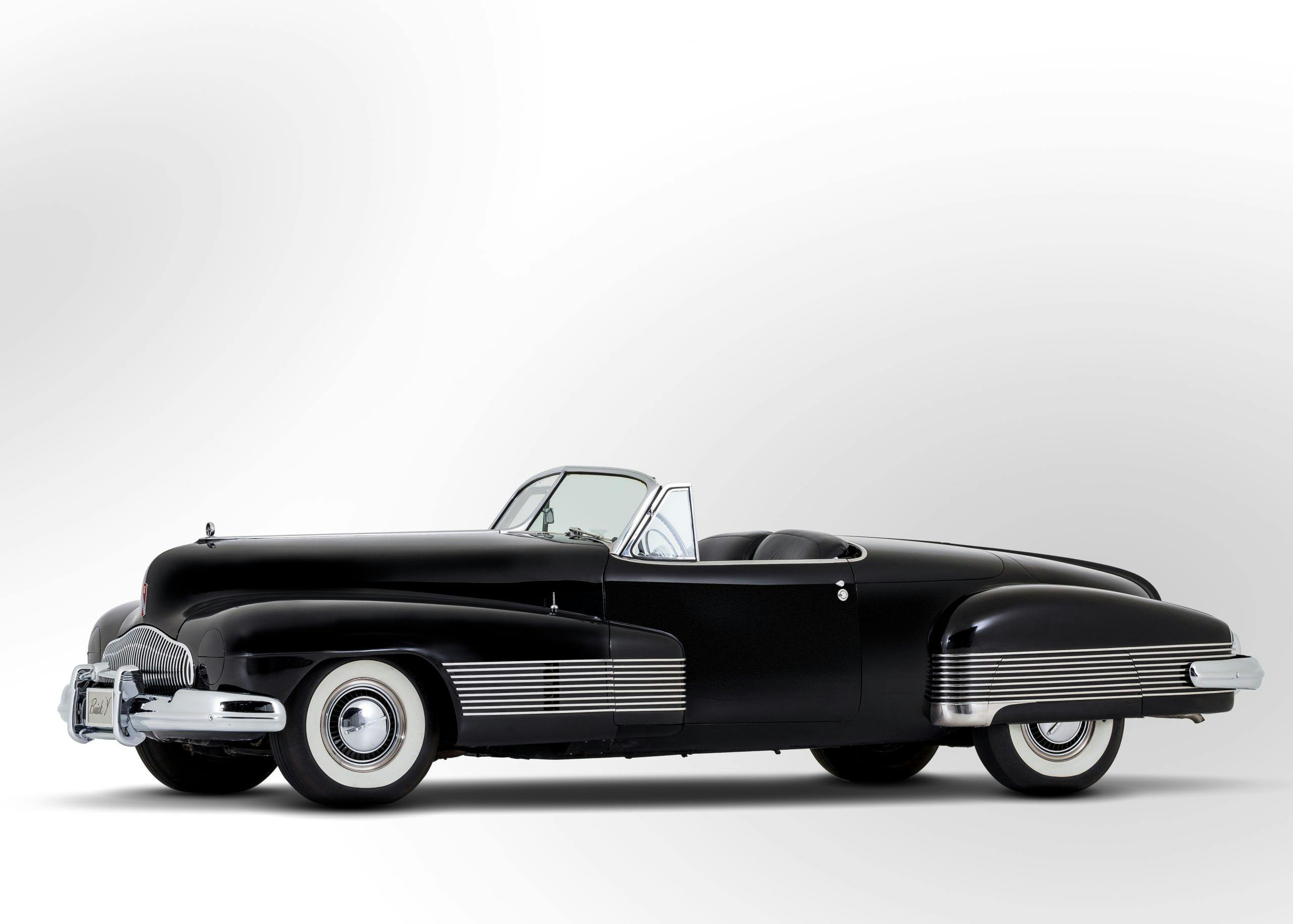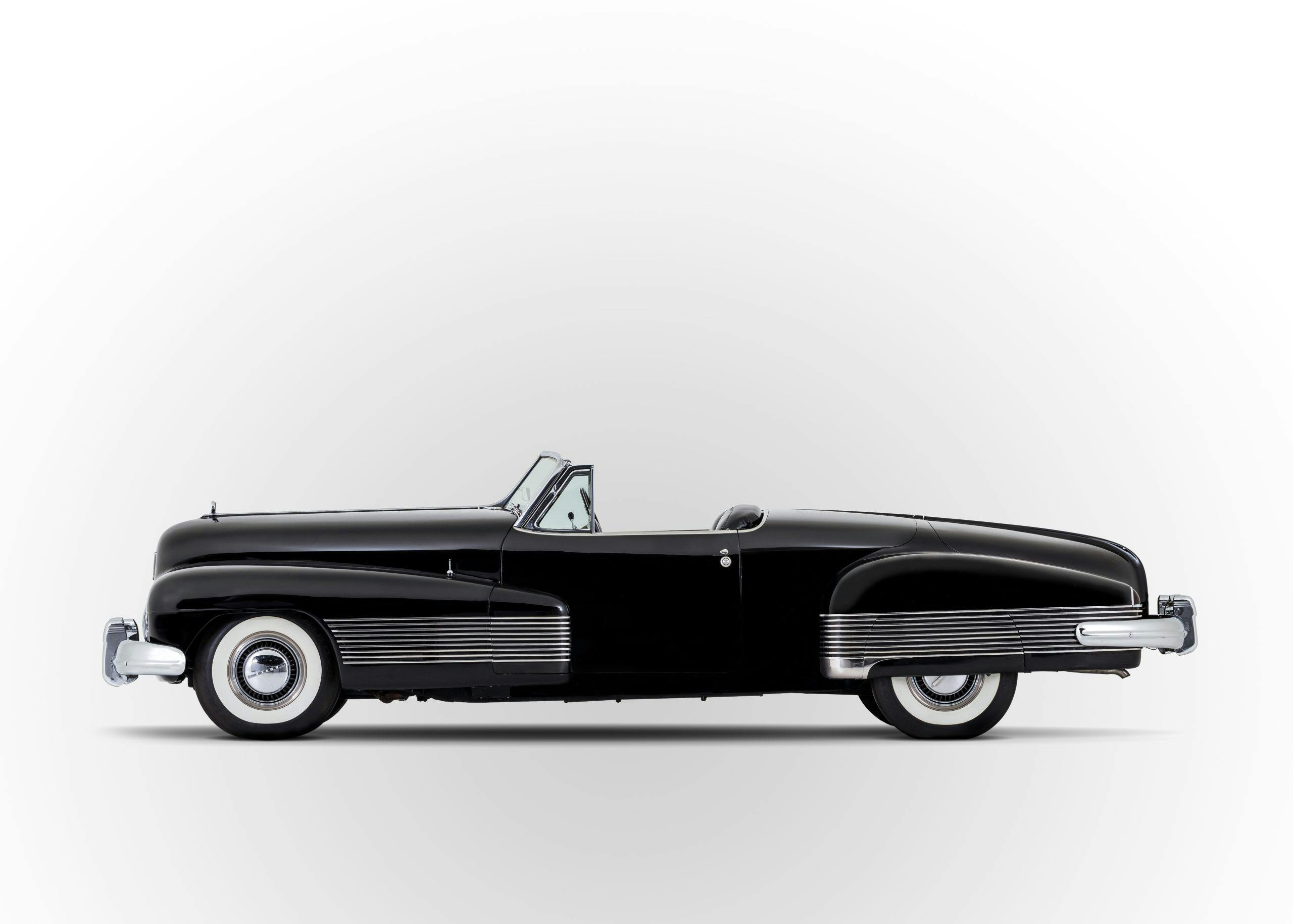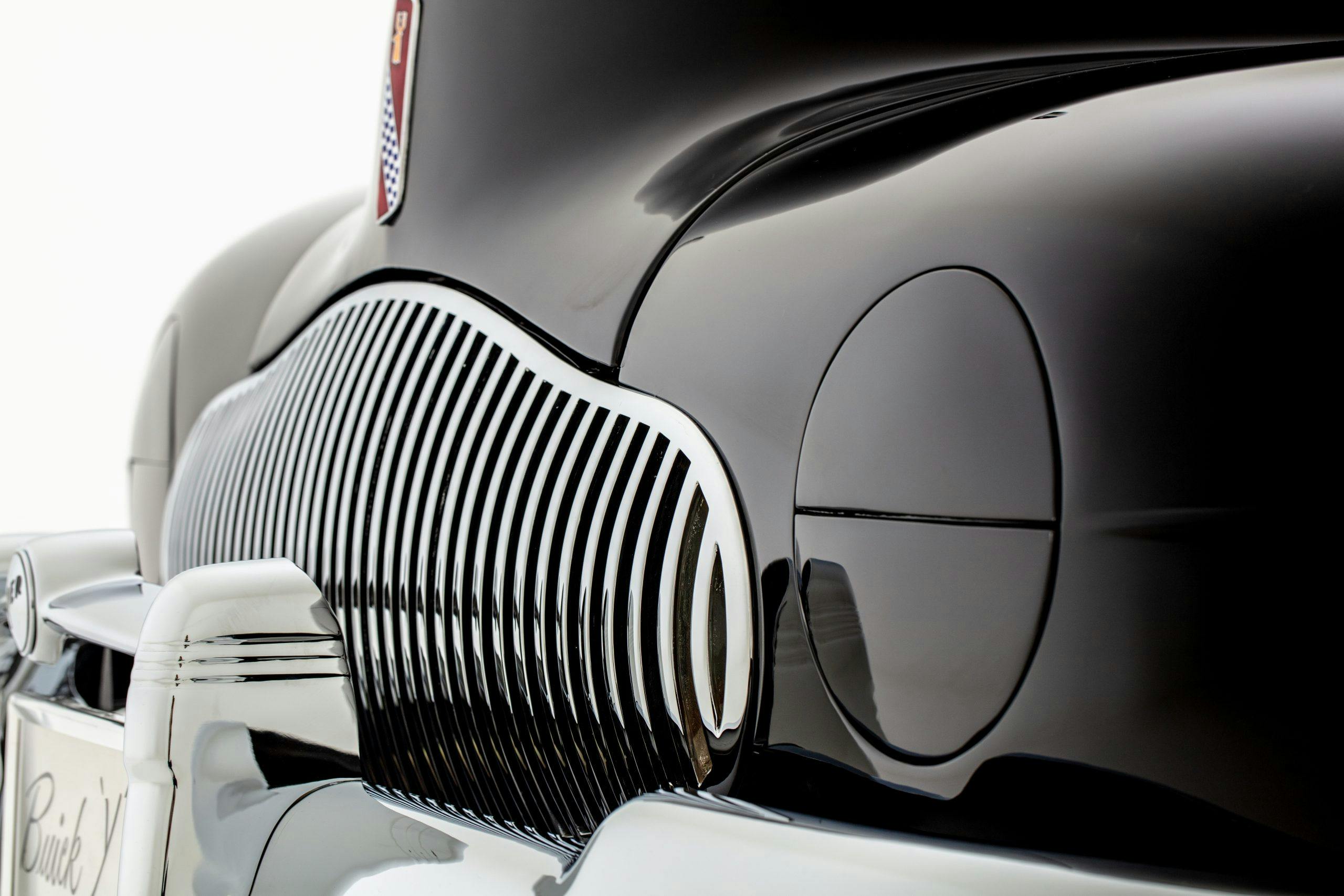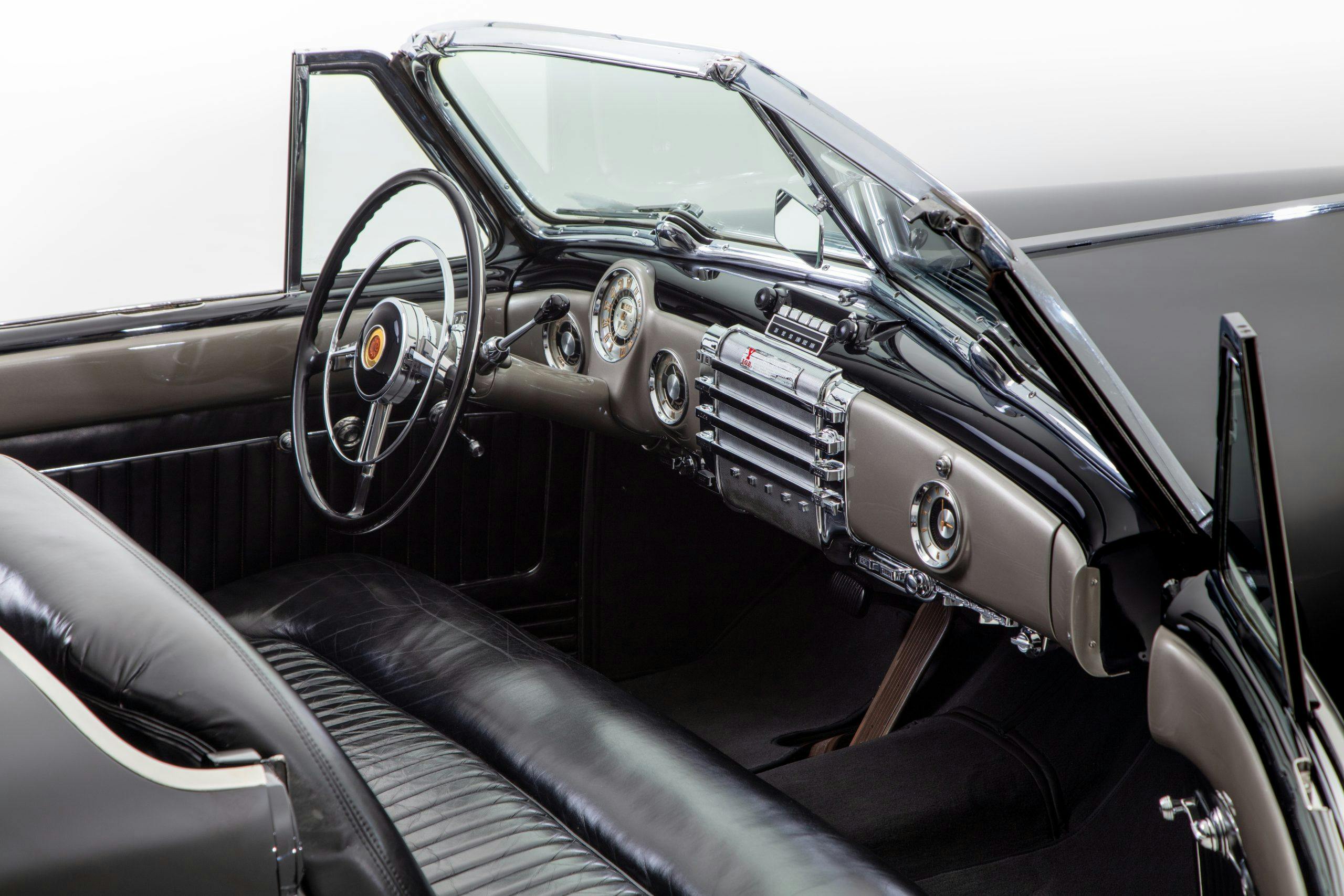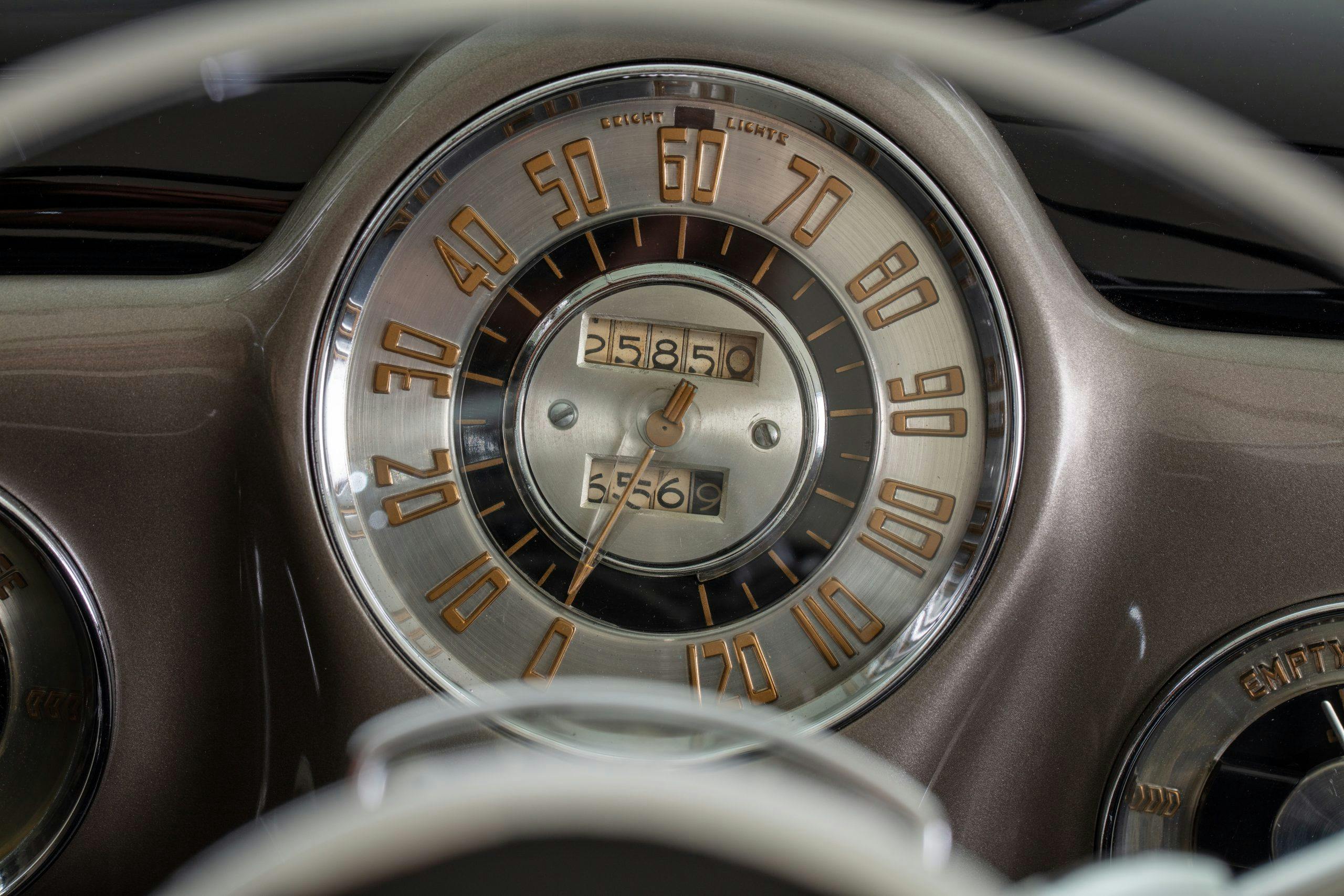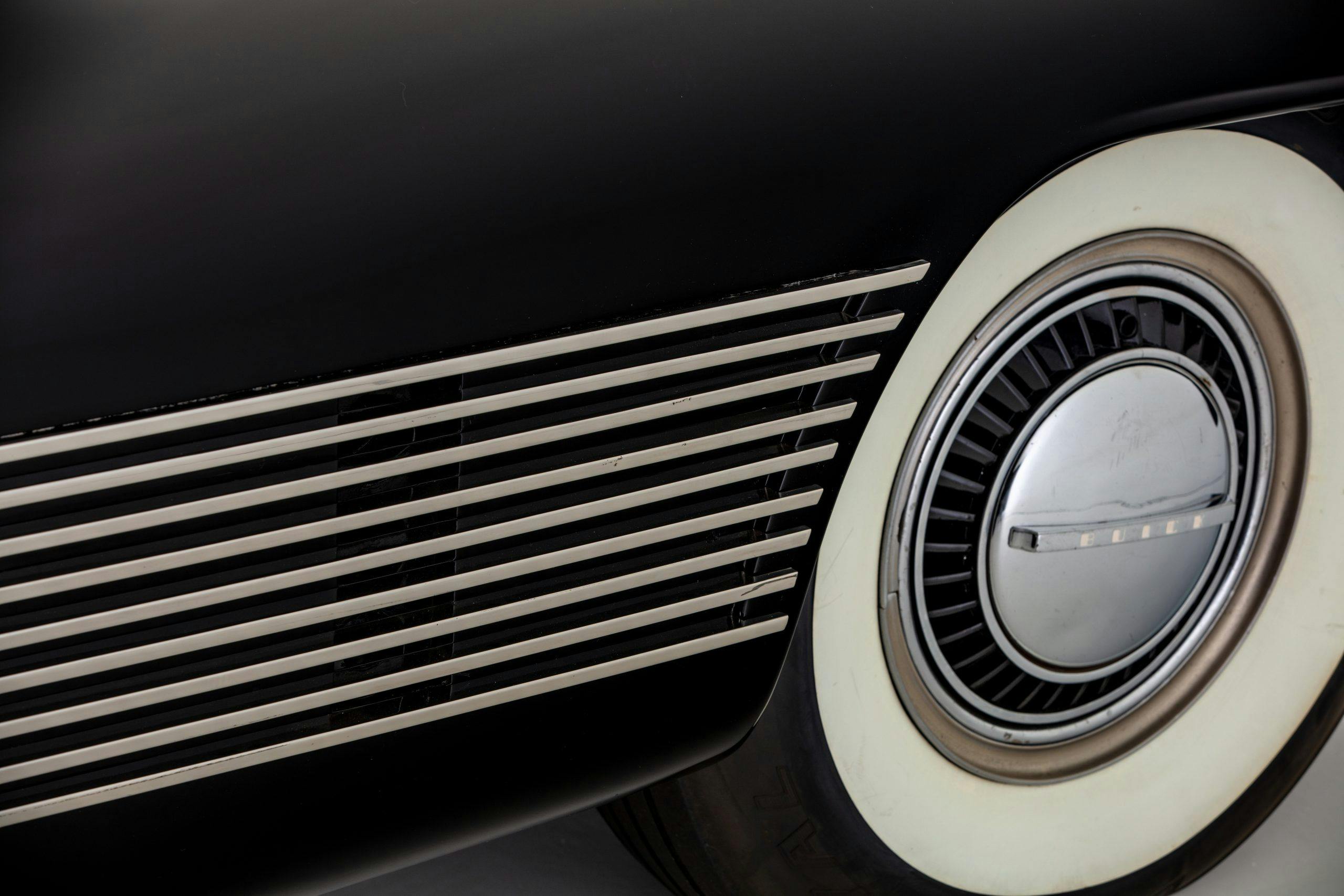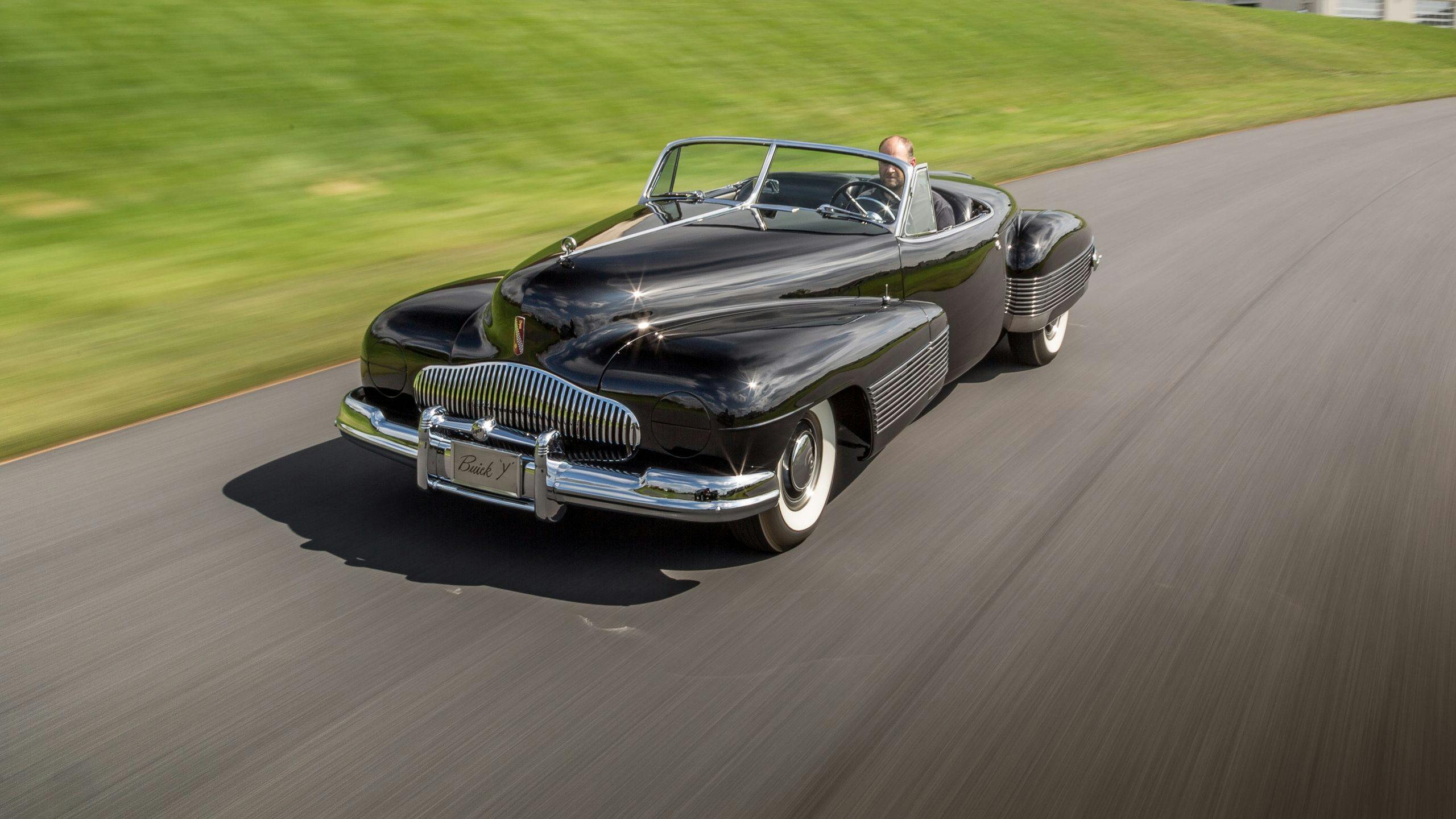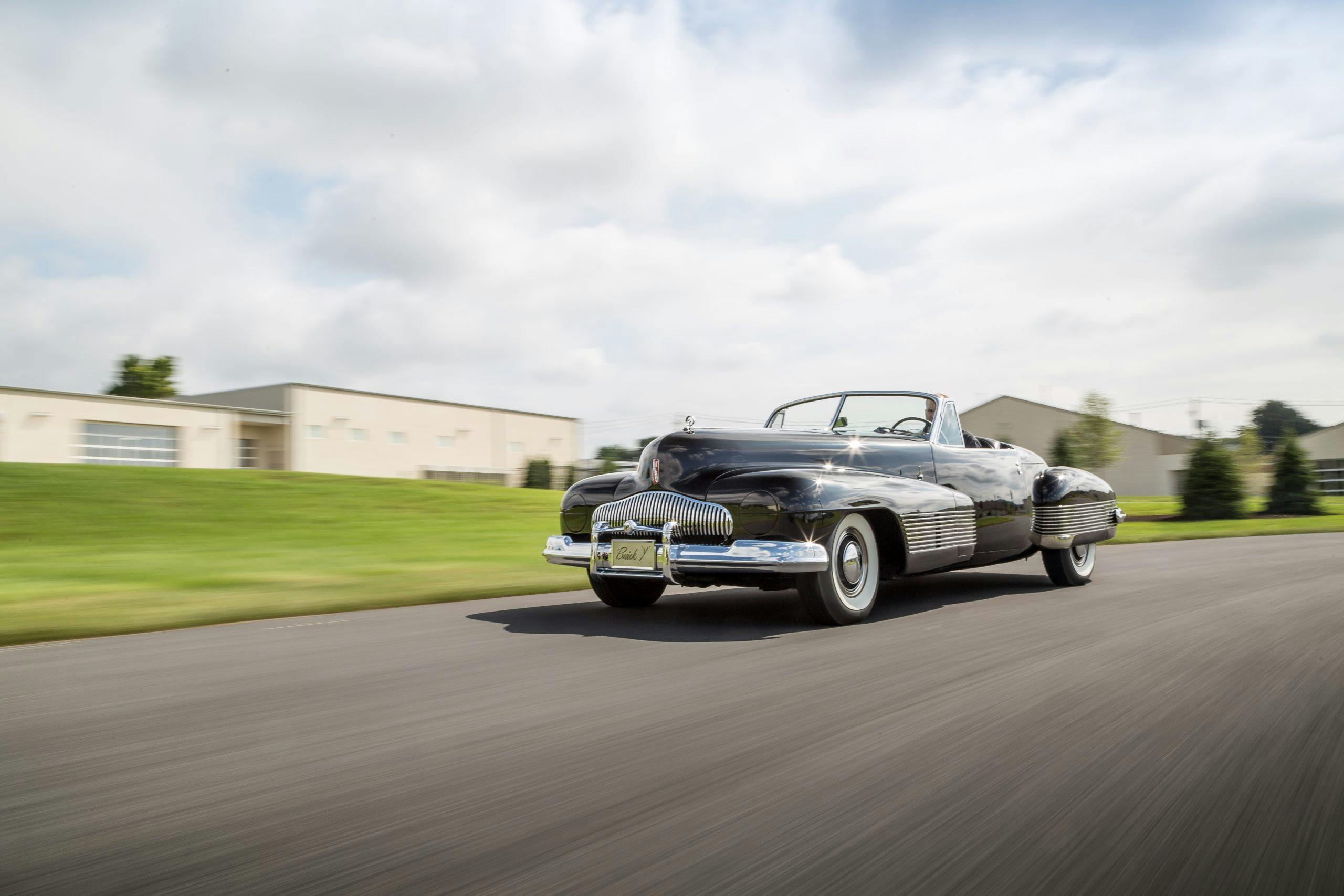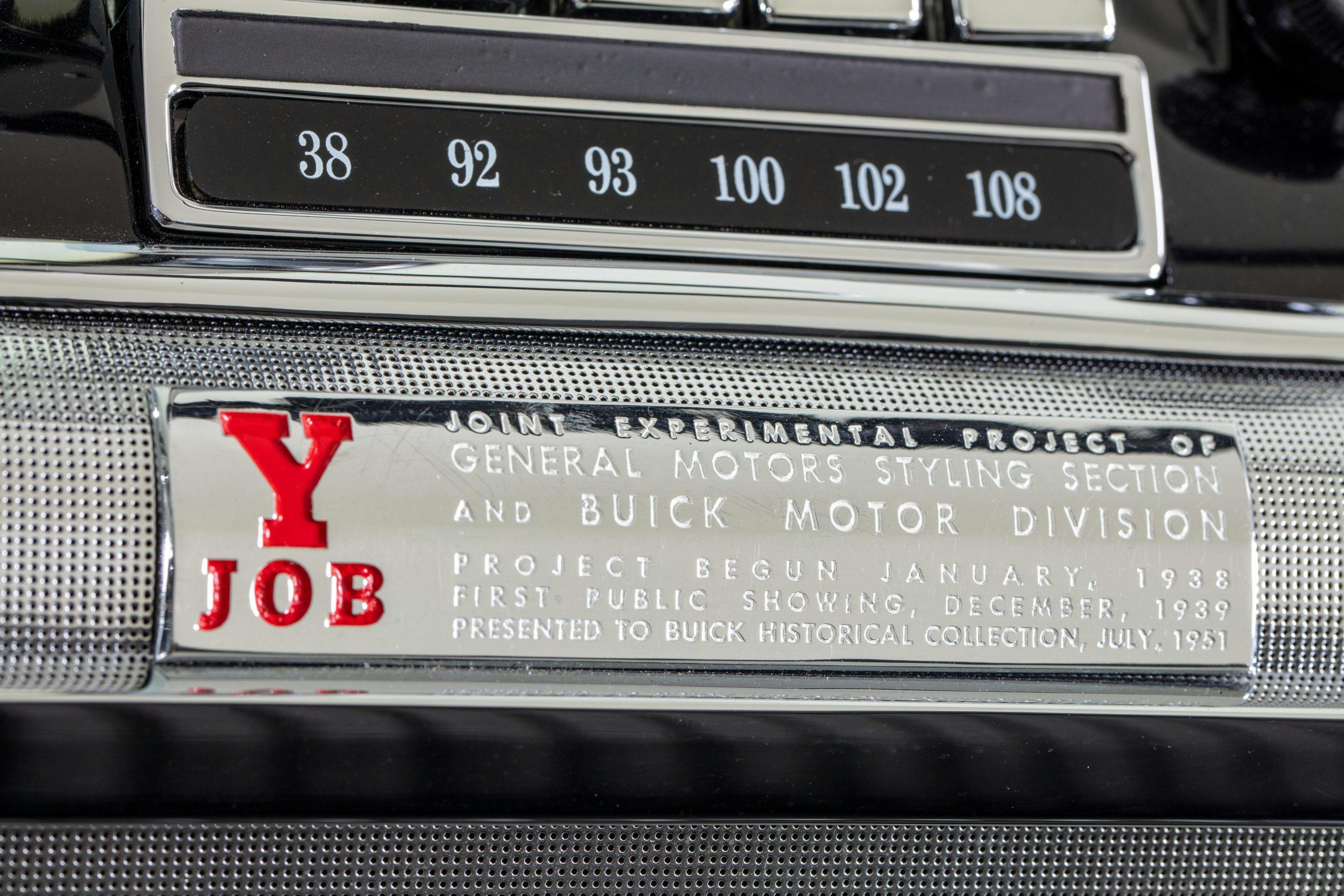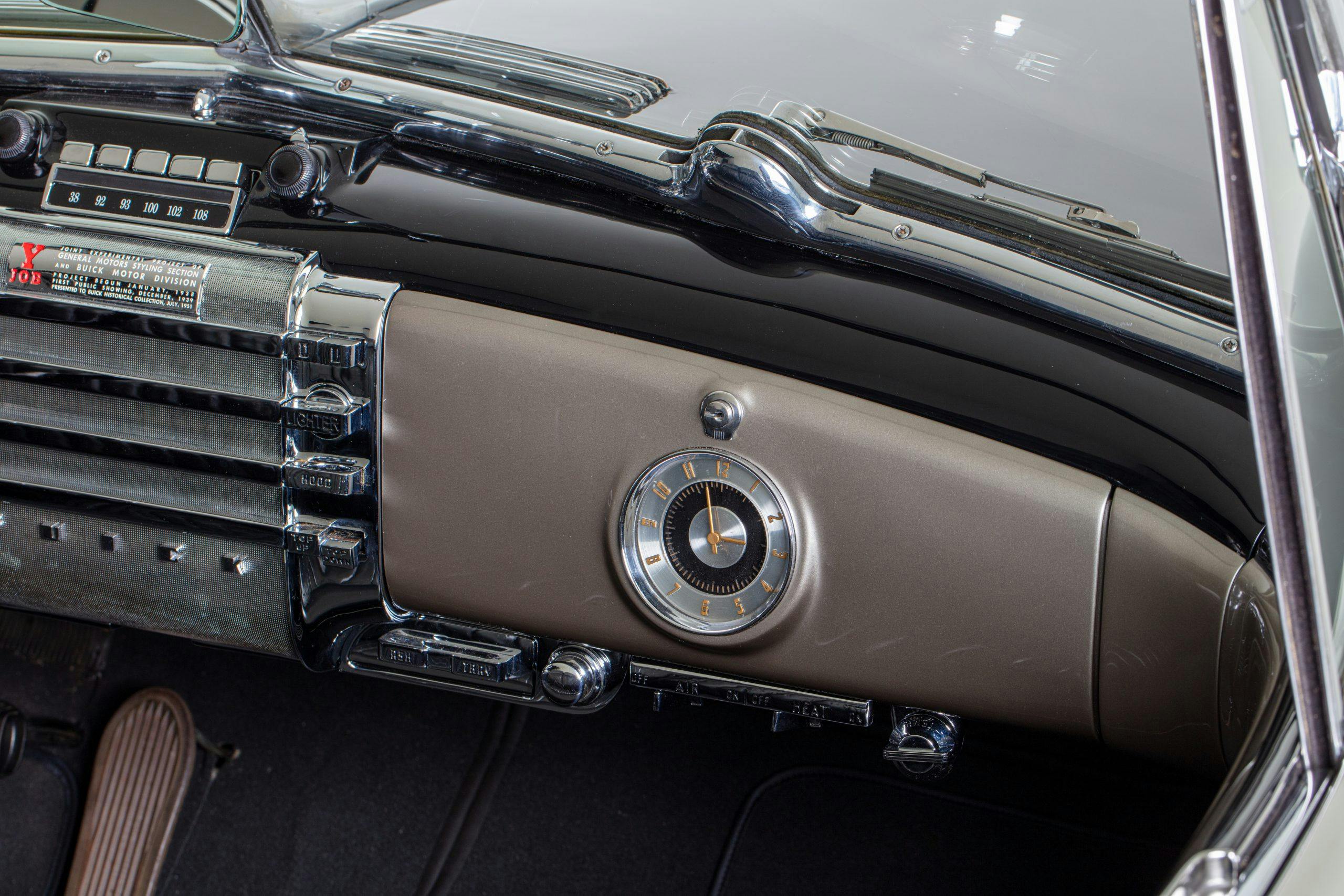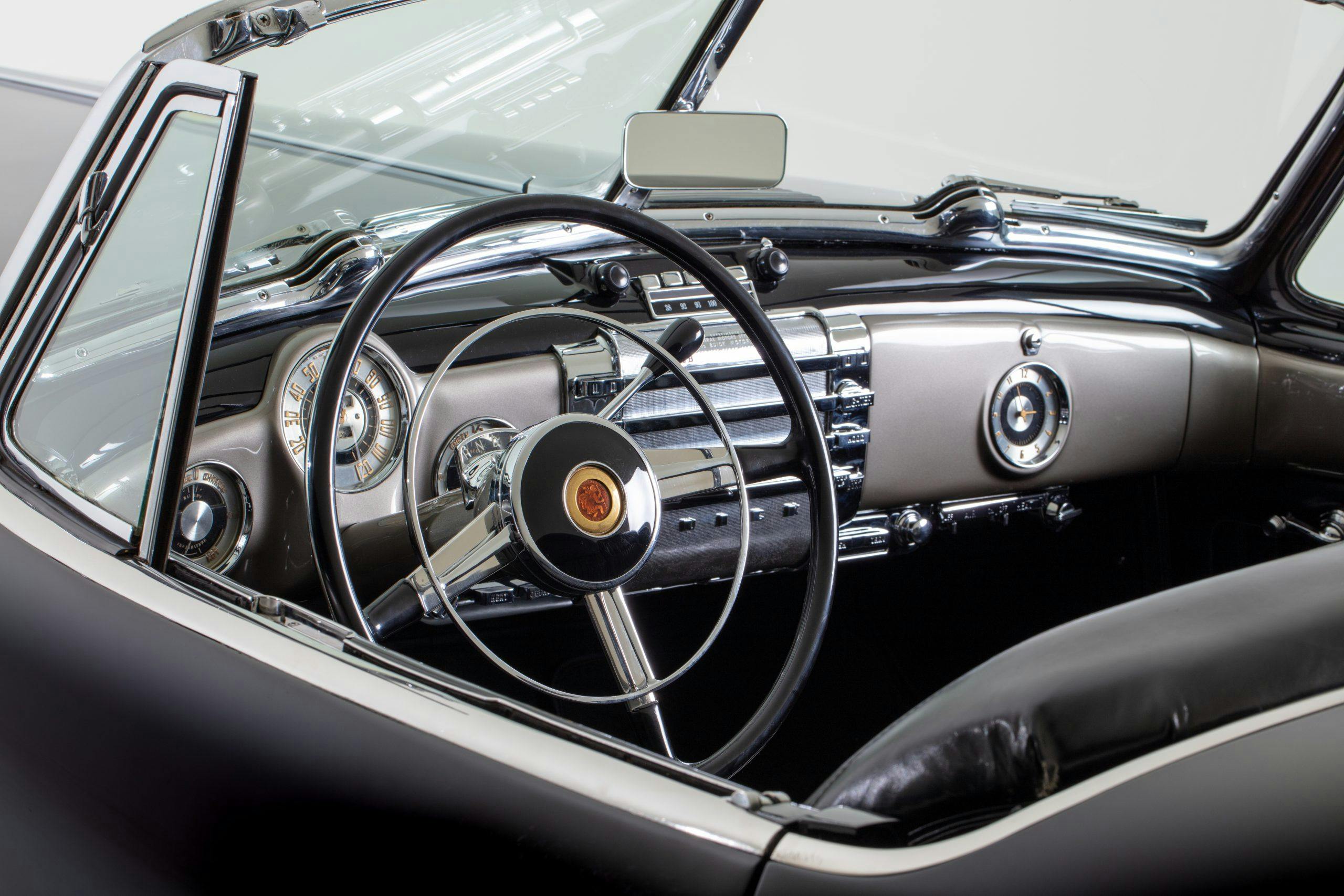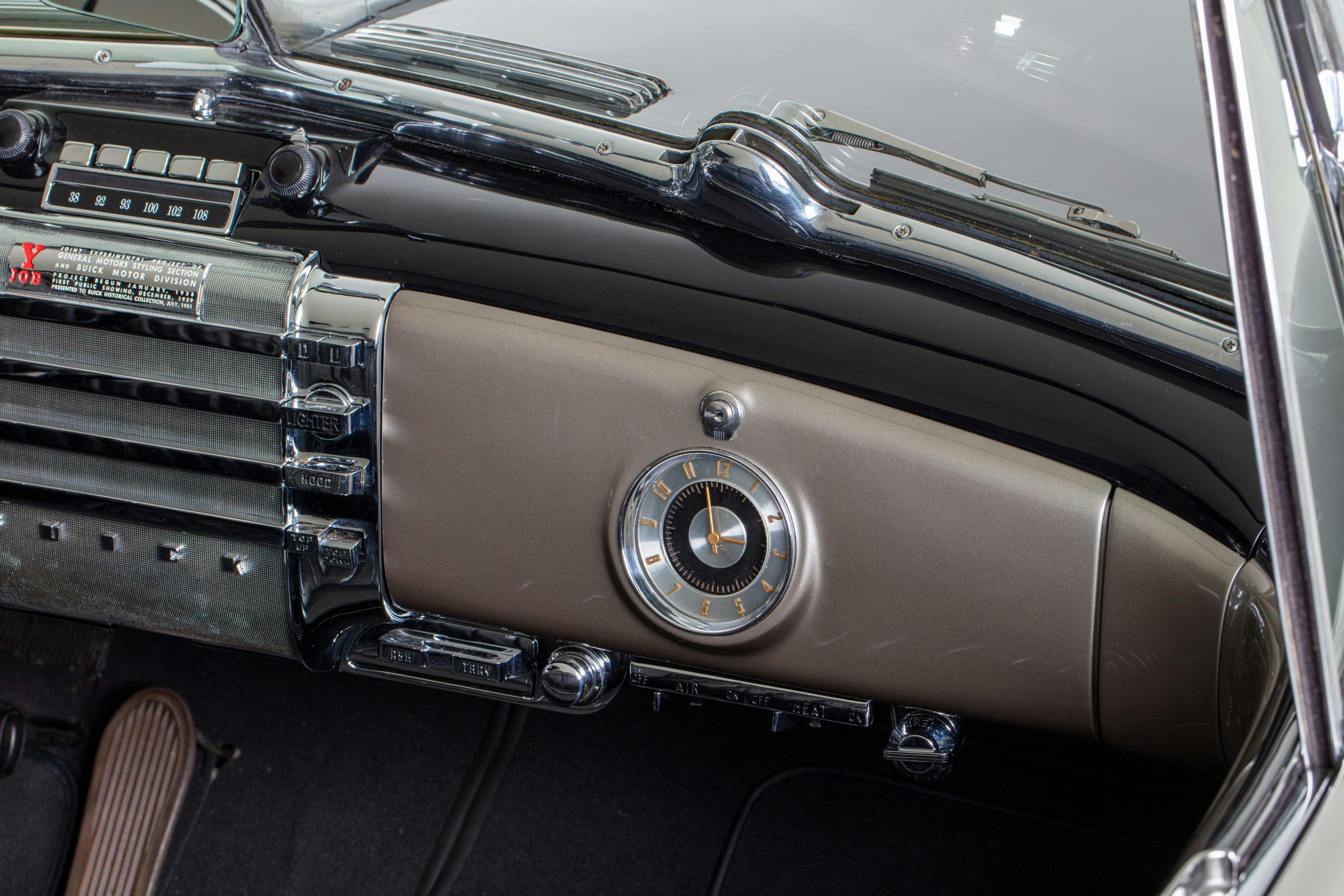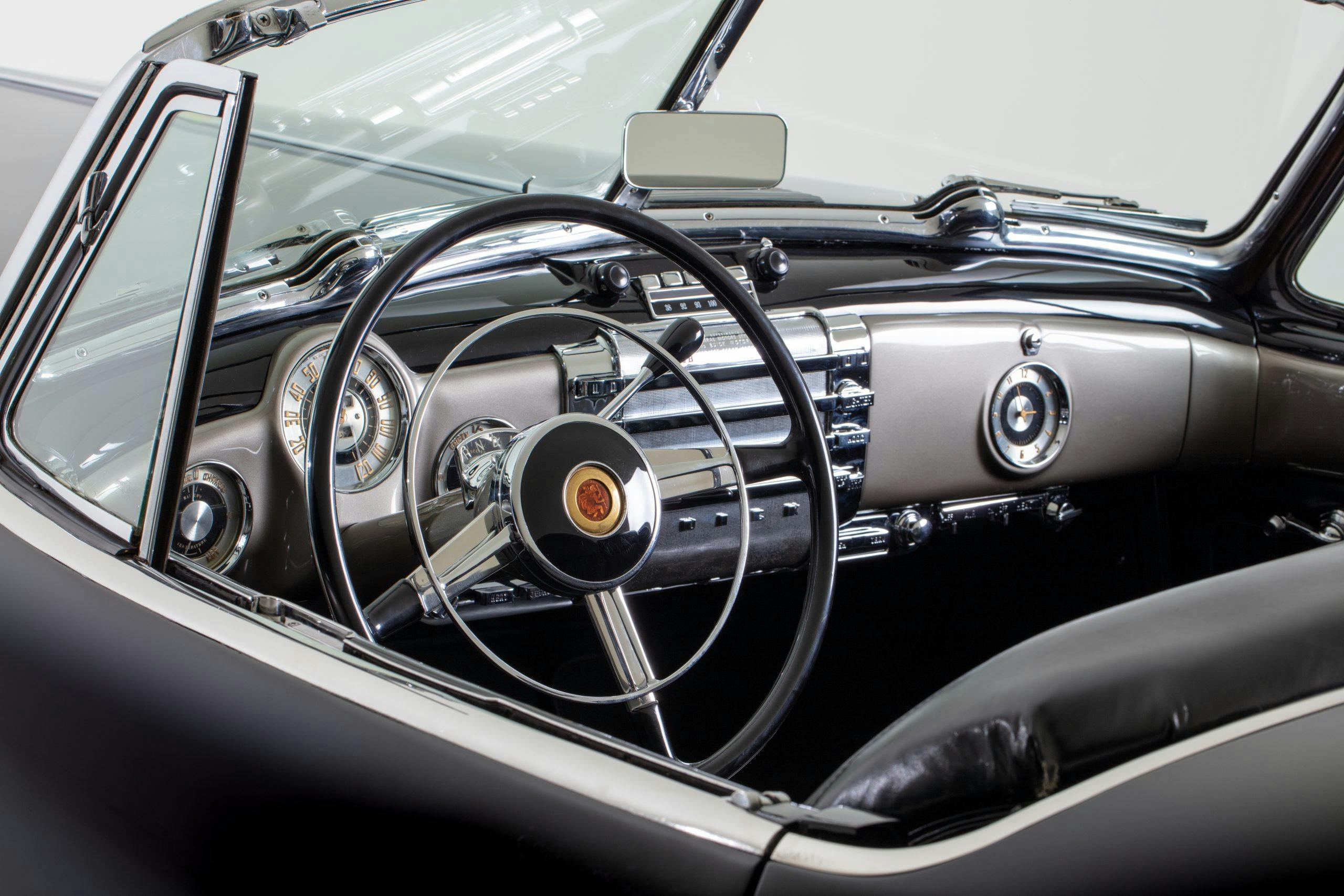Media | Articles
The legendary Buick Y-Job was the original concept car
It has plenty of nicknames. Fireball. Laboratory on wheels. Y-Job.
Plenty of adjectives have been used to describe it. Sleek. Advanced. Revolutionary. The word “stunning” works too.
The Buick Y-Job—built in the late 1930s and so called because General Motors designers took it one step beyond an experimental (X) car—ushered in the idea of the modern concept car. It’s the latest automobile featured in Up Close, the Historic Vehicle Association’s text-based storytelling video series about vehicles in the National Historic Vehicle Register.
Led by legendary stylist Harley J. Earl, General Motors’ first vice president in charge of design, a team created the sleek convertible in Art Moderne style with numerous features considered ahead of their time. The Y-Job represented the essence of Earl’s design philosophy—low and streamlined.
Marketplace
Buy and sell classics with confidence
Built on a custom-lengthened Buick Series 50 Super chassis with a wheelbase of 126.75 inches, the car featured fenders that sweep back into the doors, concealed running boards, a short horizontal grille (which would become standard on automobiles that followed), hidden headlights, a gunsight hood ornament, a high “power dome” hood that extends to a two-piece V shaped windshield, hidden turn signals in the grille, a boattail rear end, integrated tail lamps in the fenders, recessed door handles (eventually replaced with simple buttons in the 1940s), an electrohydraulic convertible roof that hides under a hard panel when it was lowered, interior switches flanking the radio speaker grille and across dash to operate various features of the car (such as the power windows), and defroster vents that double as pedestal mounts for windshield wipers.
Under the hood is a straight eight-cylinder 248-cubic-inch engine with a 1941–42 dual carb intake. The original three-speed manual transmission was replaced with a Dynaflow automatic, and the prototype Bendix power steering system was eventually removed as well. The Y-Job was originally fitted with Aircraft style “expander-tube” brakes, but they were later converted to standard type hydraulic brakes.
Earl’s team swapped out the bumpers for wrap-around production units off of a 1947–48 Buick and added fender skirts. To accentuate the sleek look, the car is fitted with 13-inch wheels, rather than the standard 16s of the era.

The Y-Job also has a sunken gas pedal to accommodate the 6-foot-4 Earl. Why was that so important? Because the Y-Job wasn’t just a display car, it served as Earl’s daily driver throughout the 1940s. Earl reportedly drove it 50,000 miles; its odometer/speedometer was replaced with a later unit and now shows 25,850 miles.
By the 1950s the car made its way into the Buick Heritage Collection and today it remains in the care of General Motors. In 2016, the Buick Y-Job became the 14th car added to the National Historic Vehicle Register.
Keep watching the HVA’s Up Close series, as new videos are released every Wednesday. We’ll keep you posted about new episodes, and you can also stay in the loop by following the HVA on Facebook, Instagram, and Youtube.

